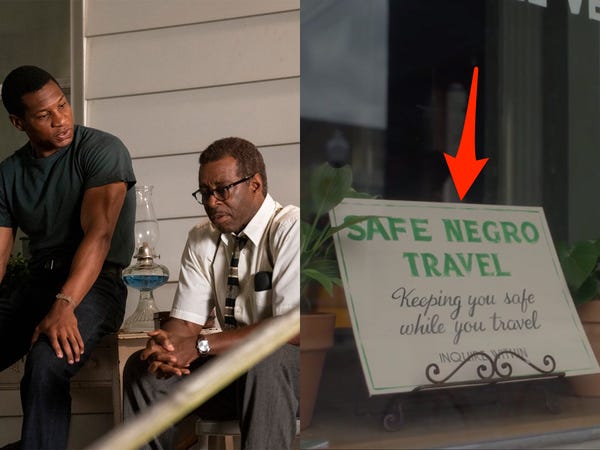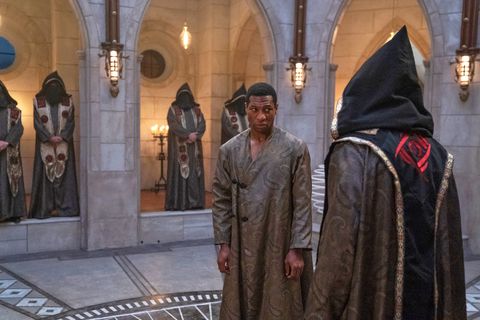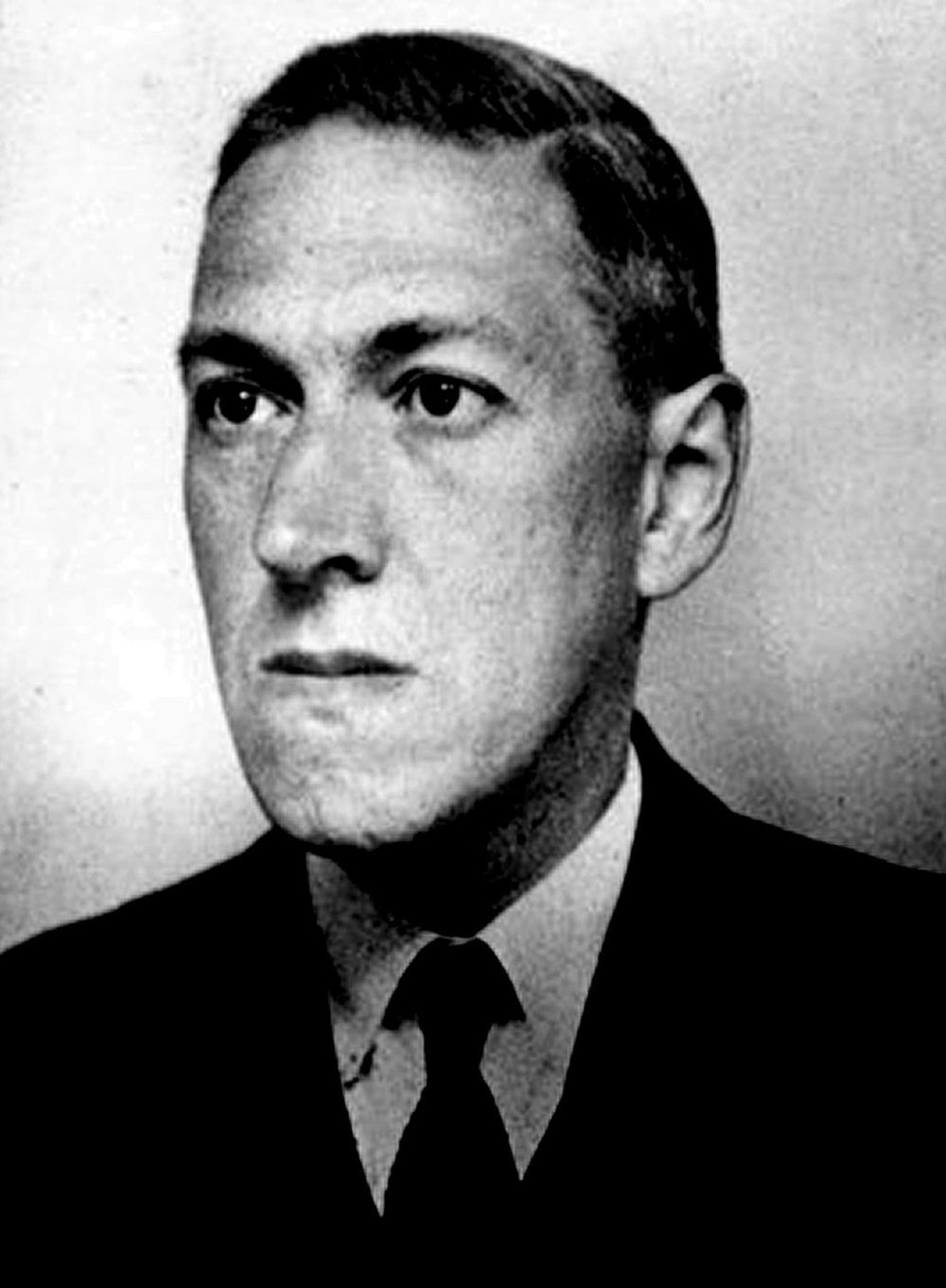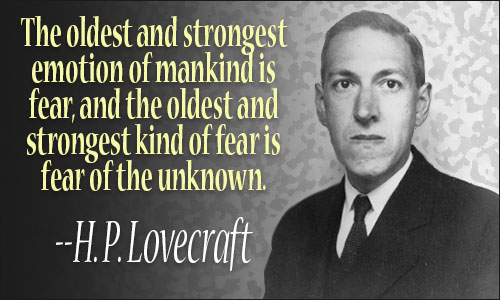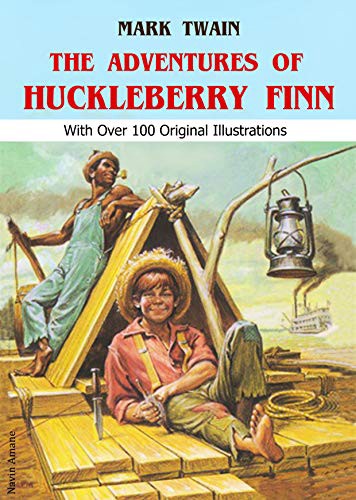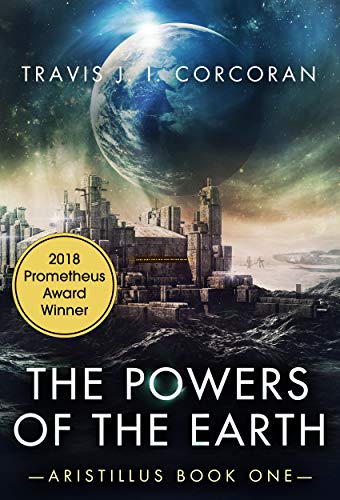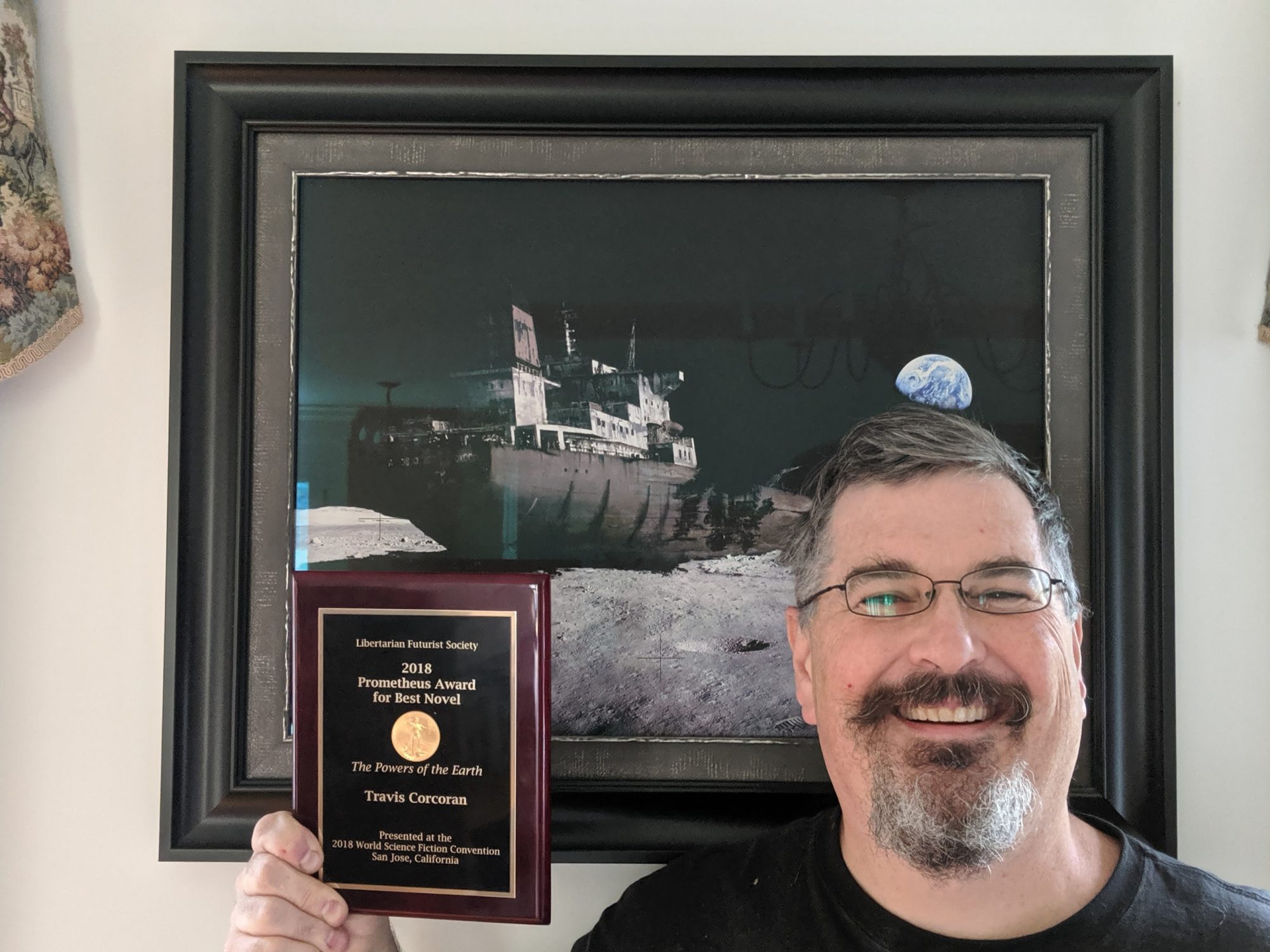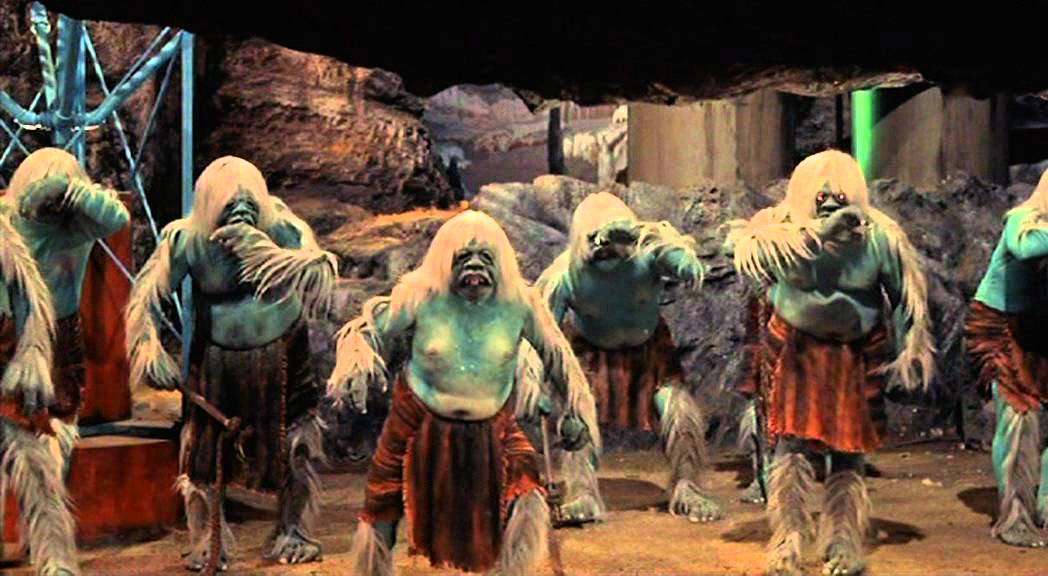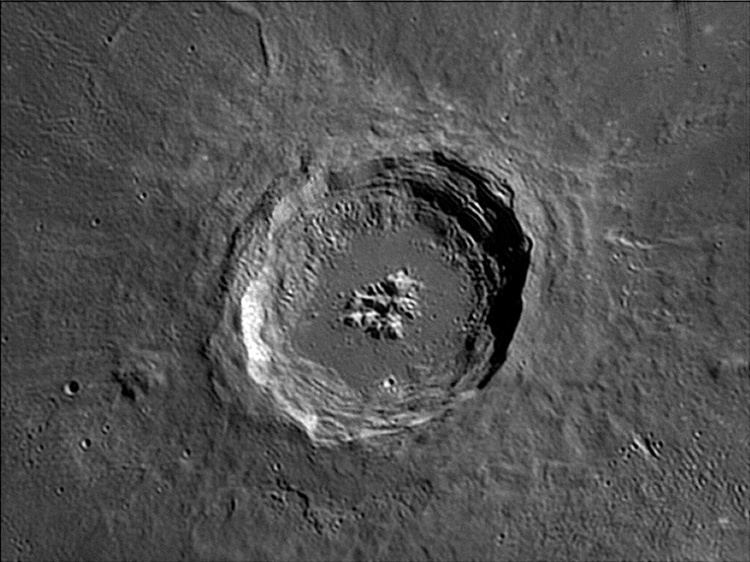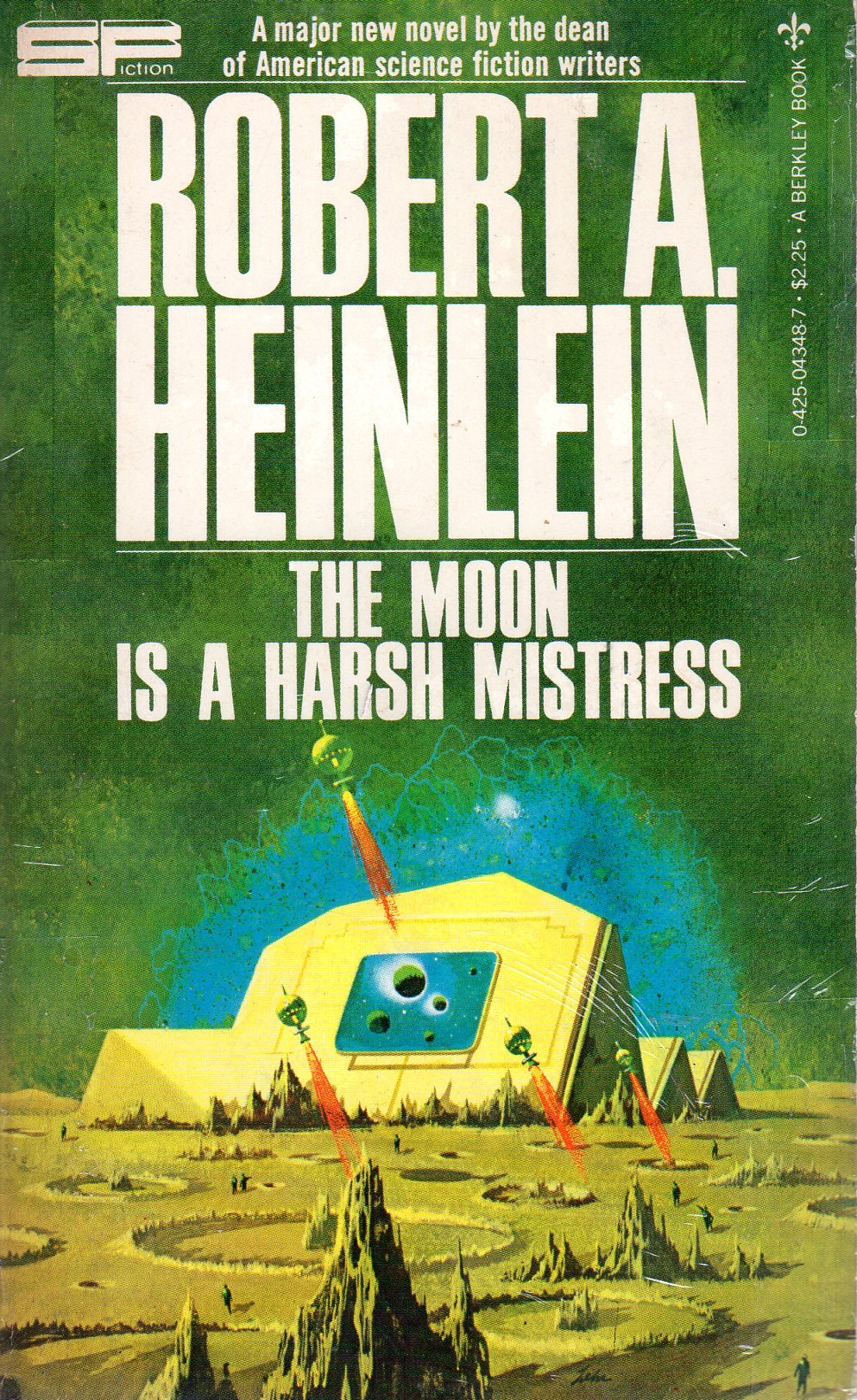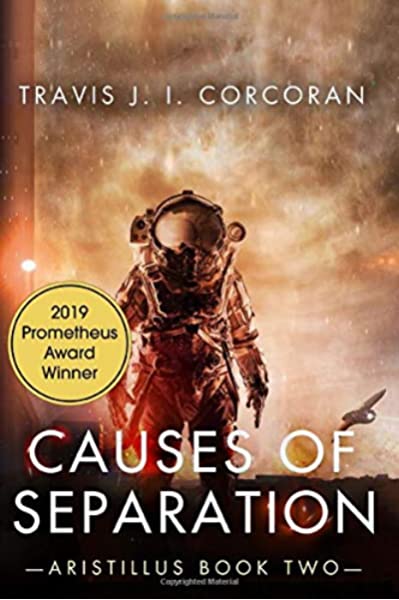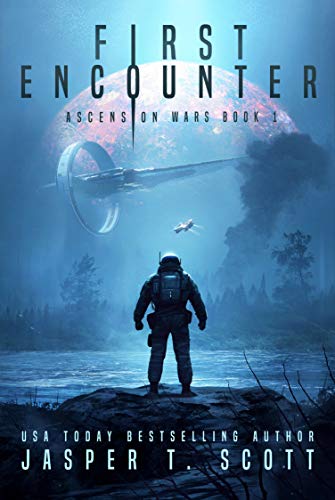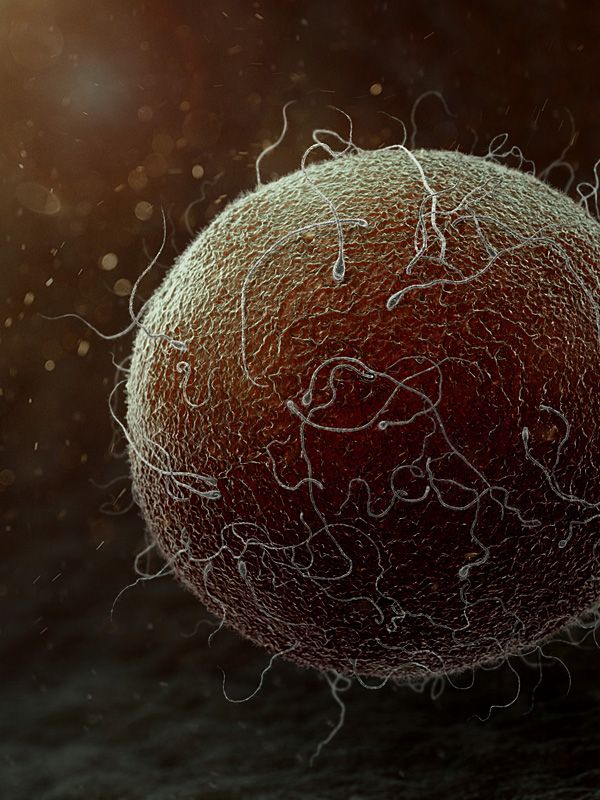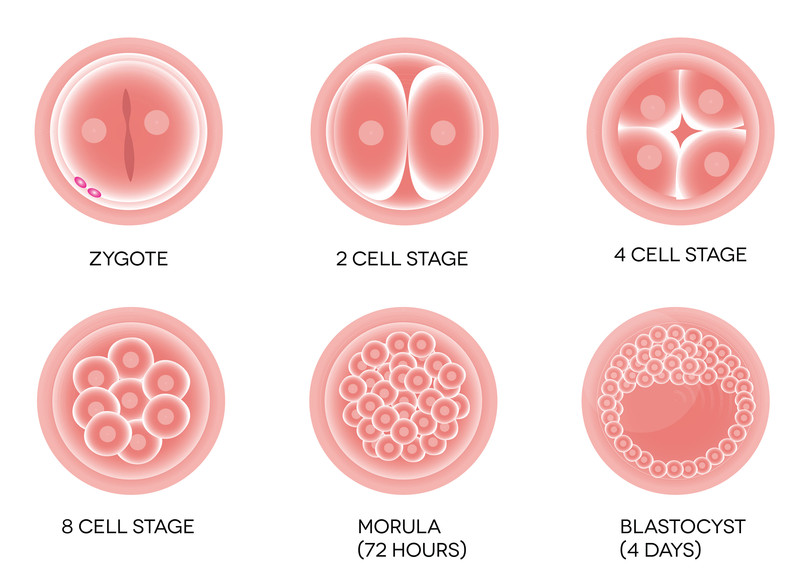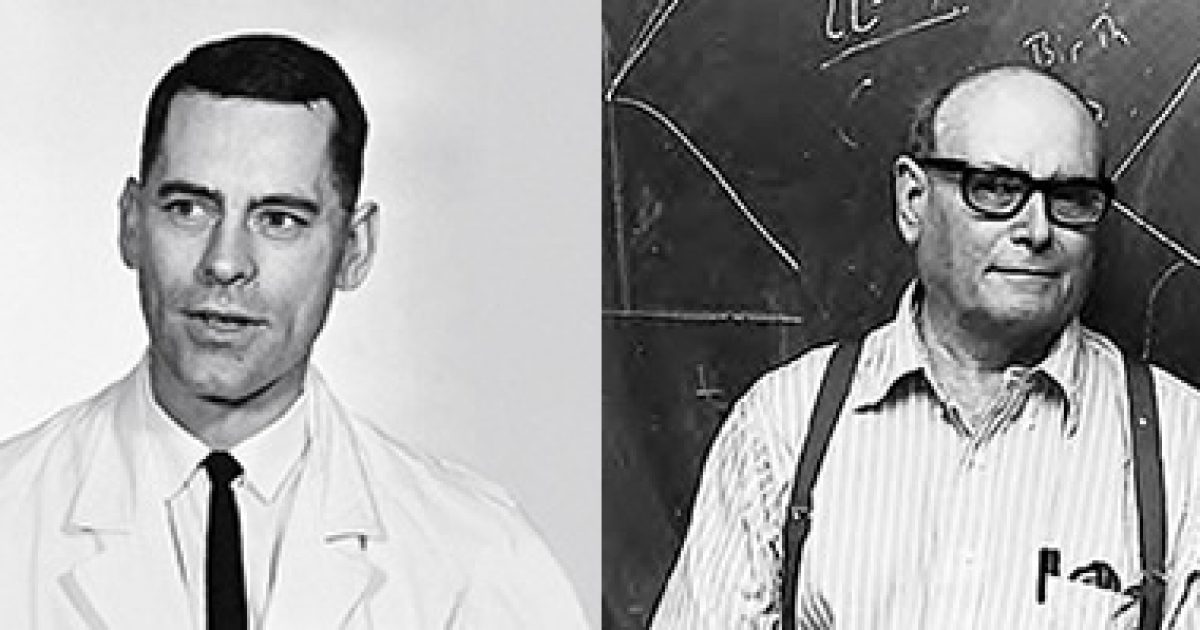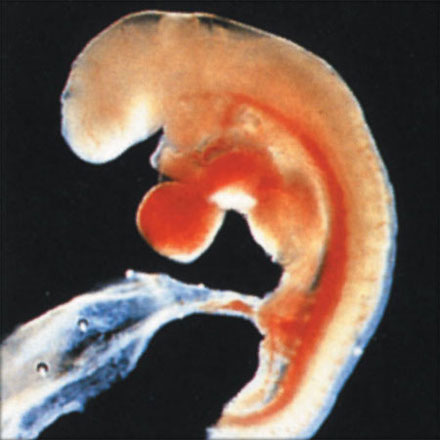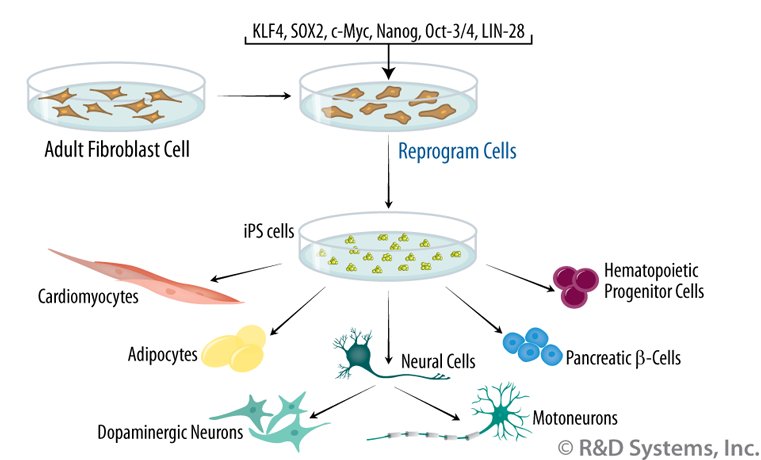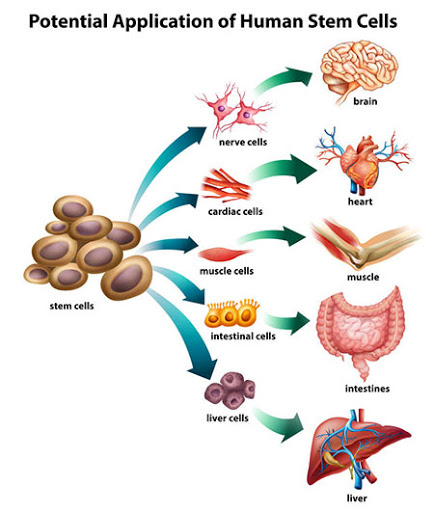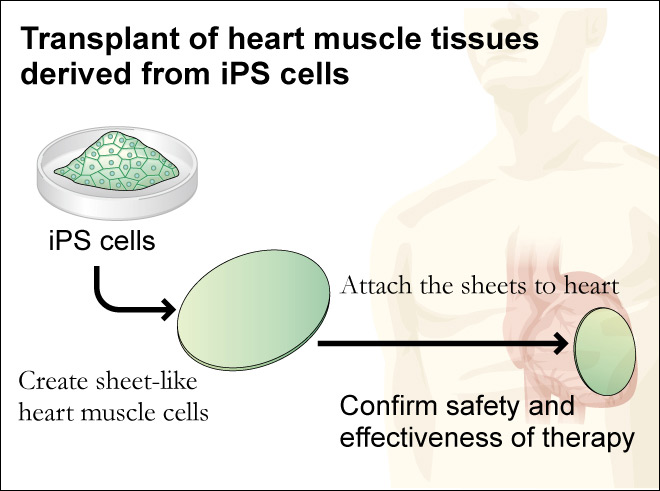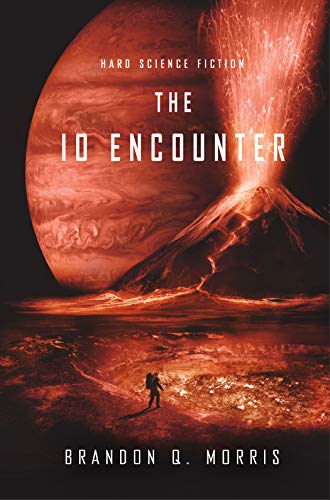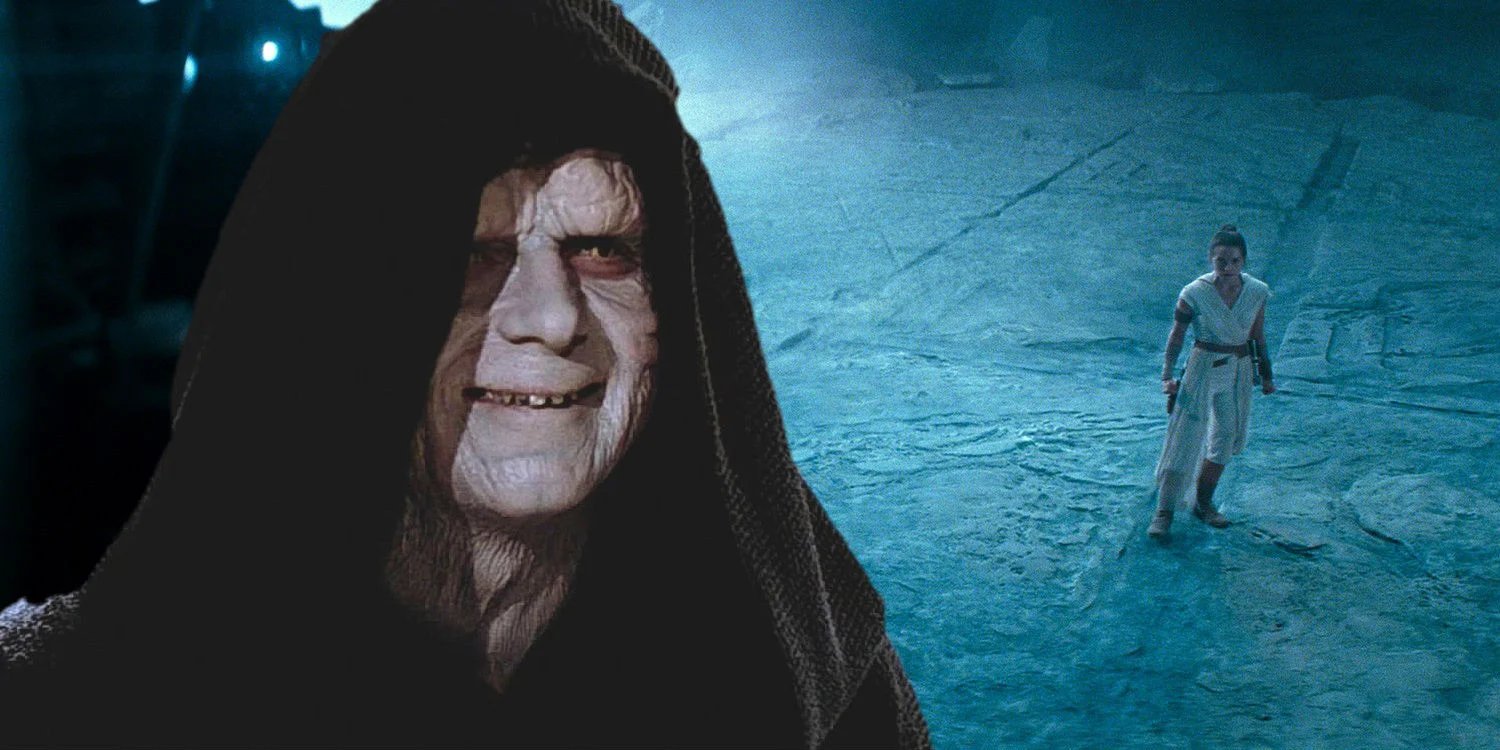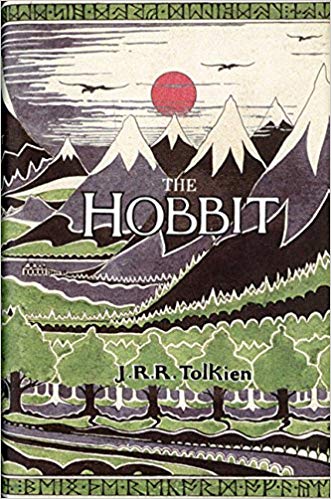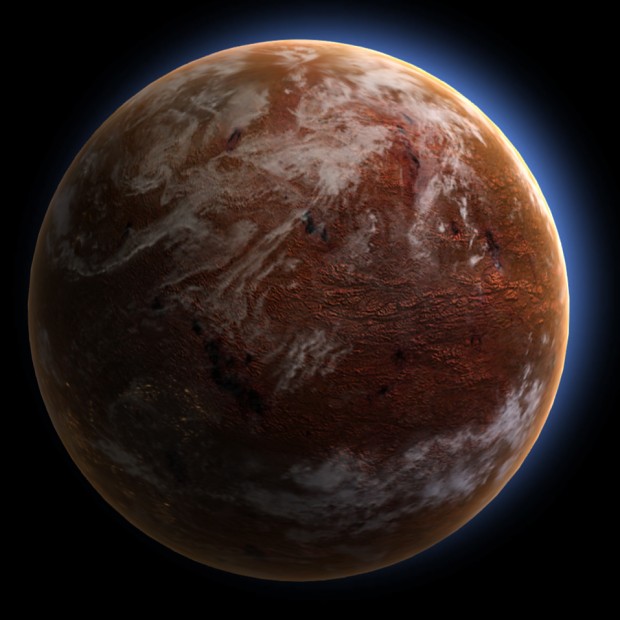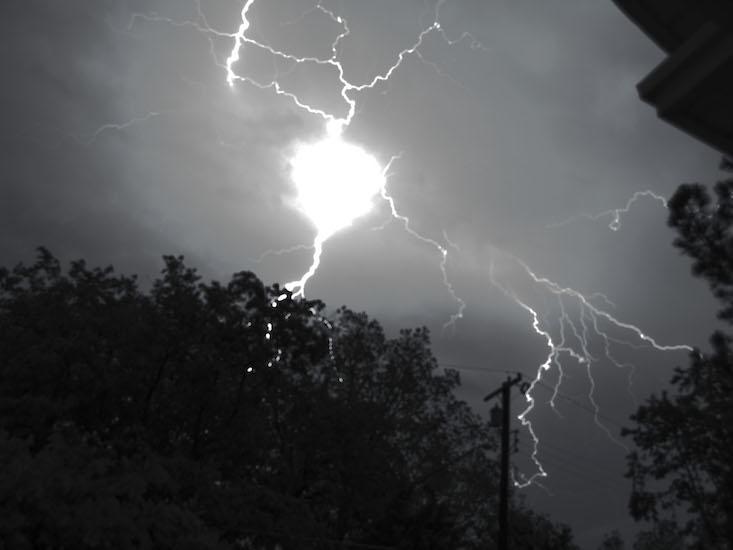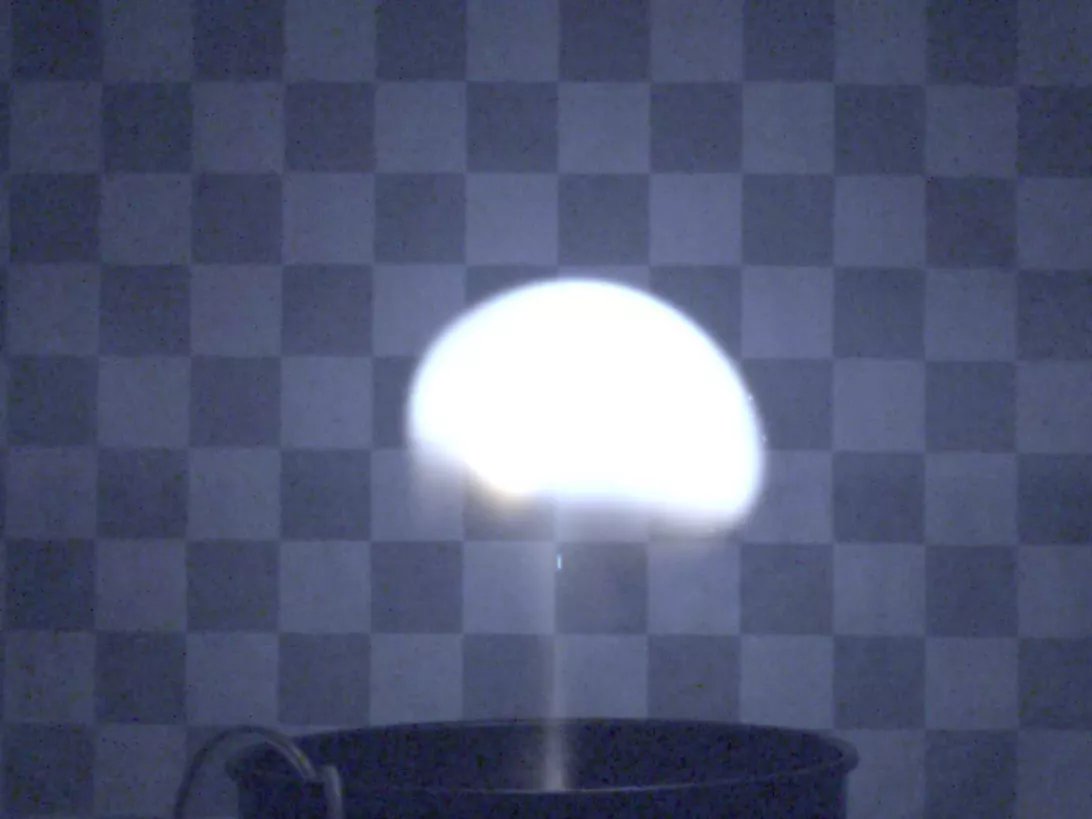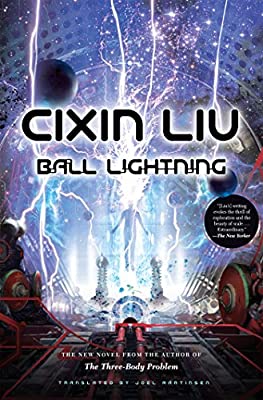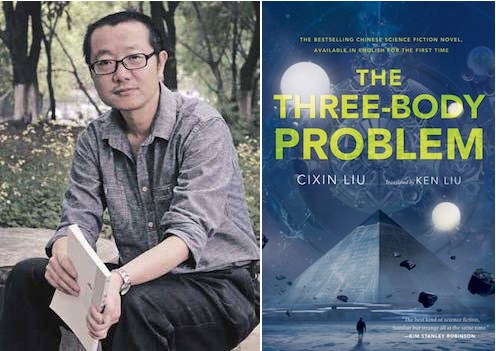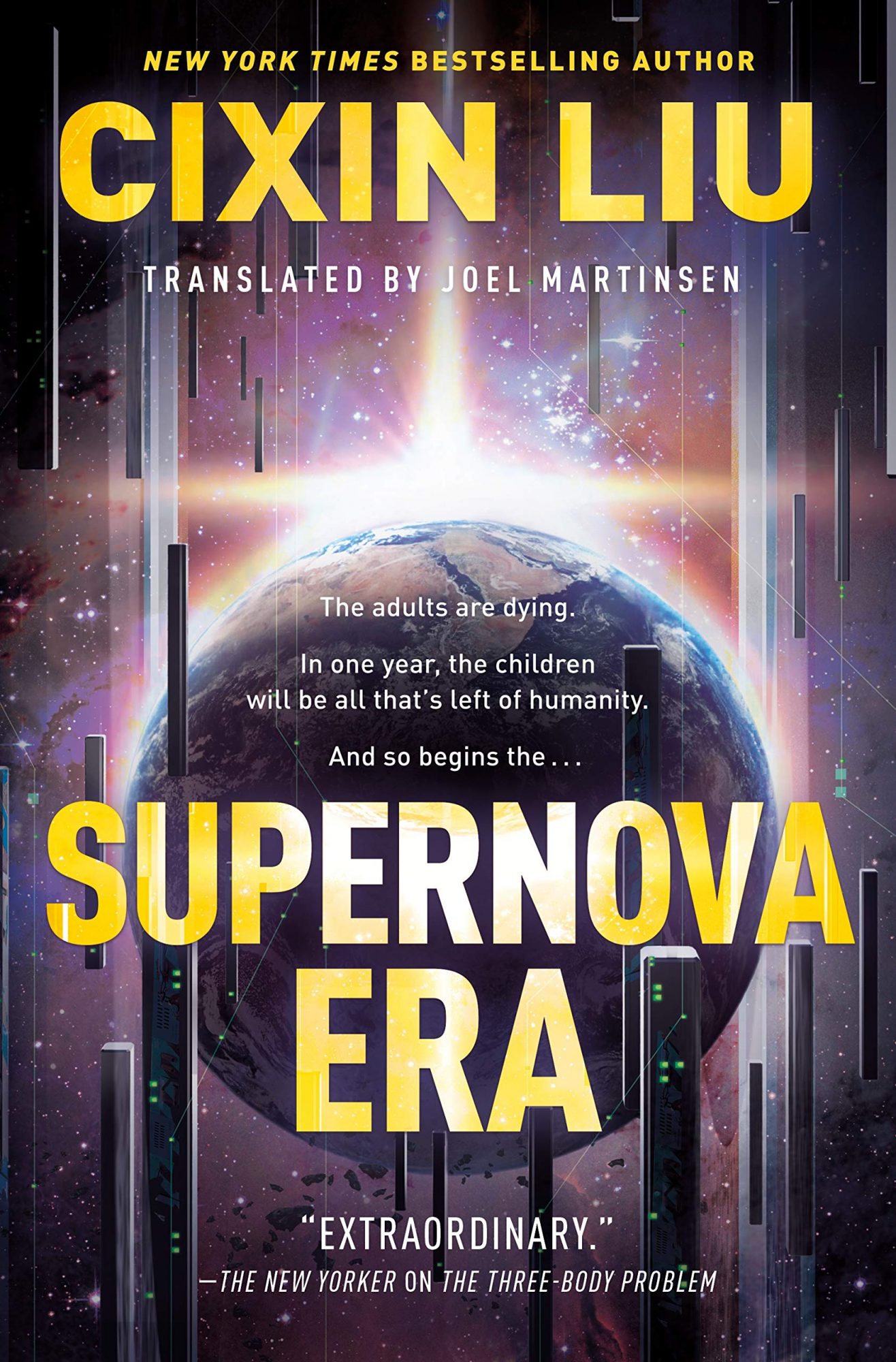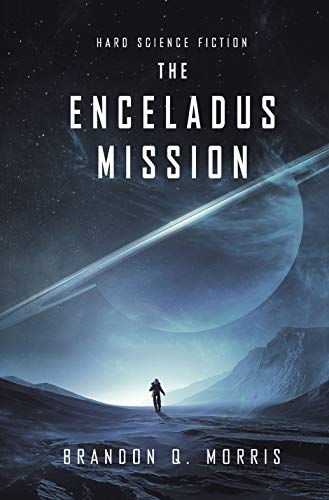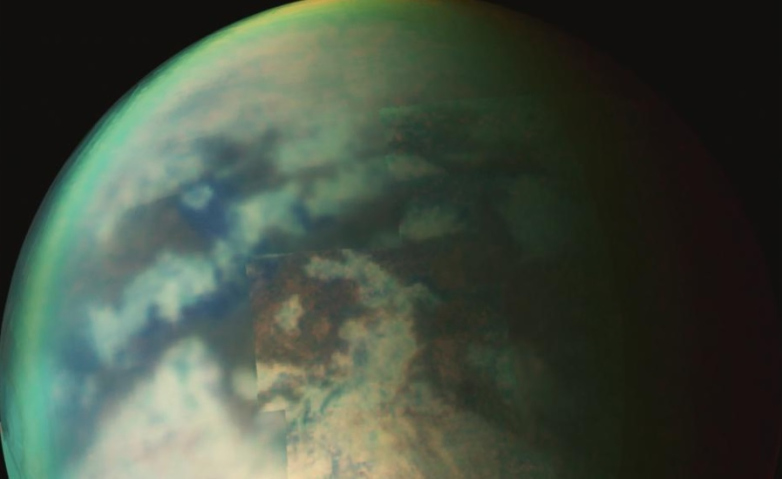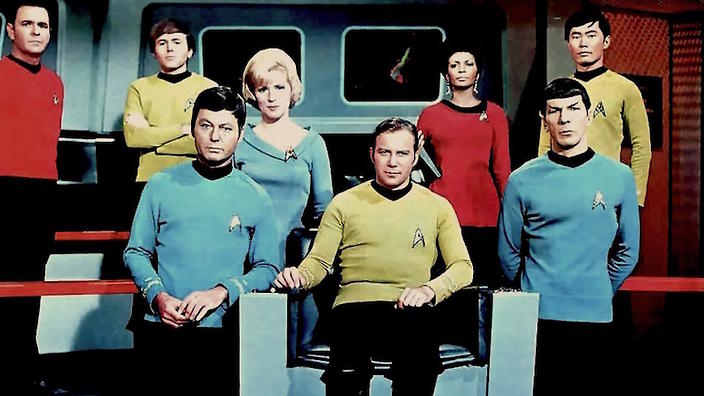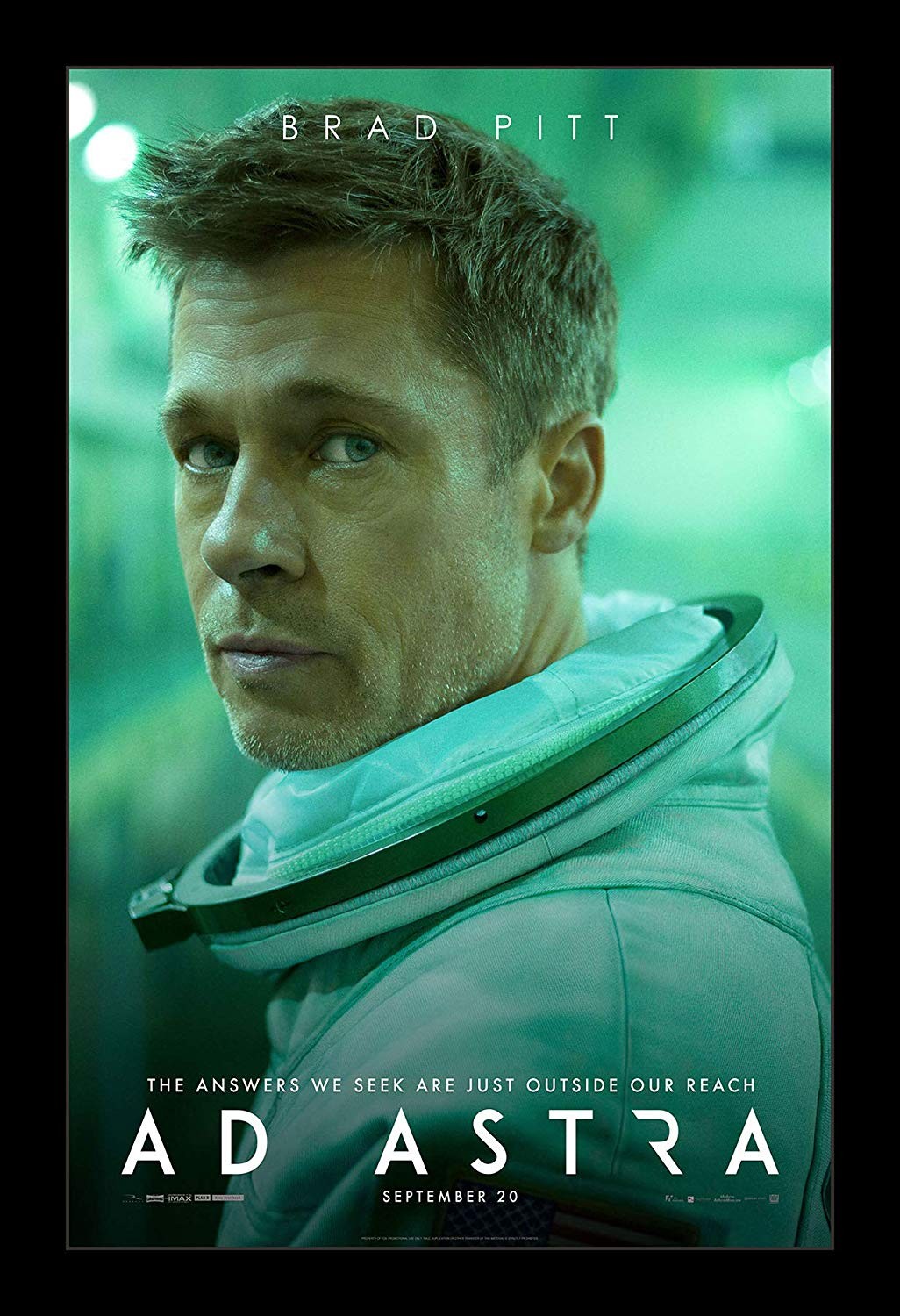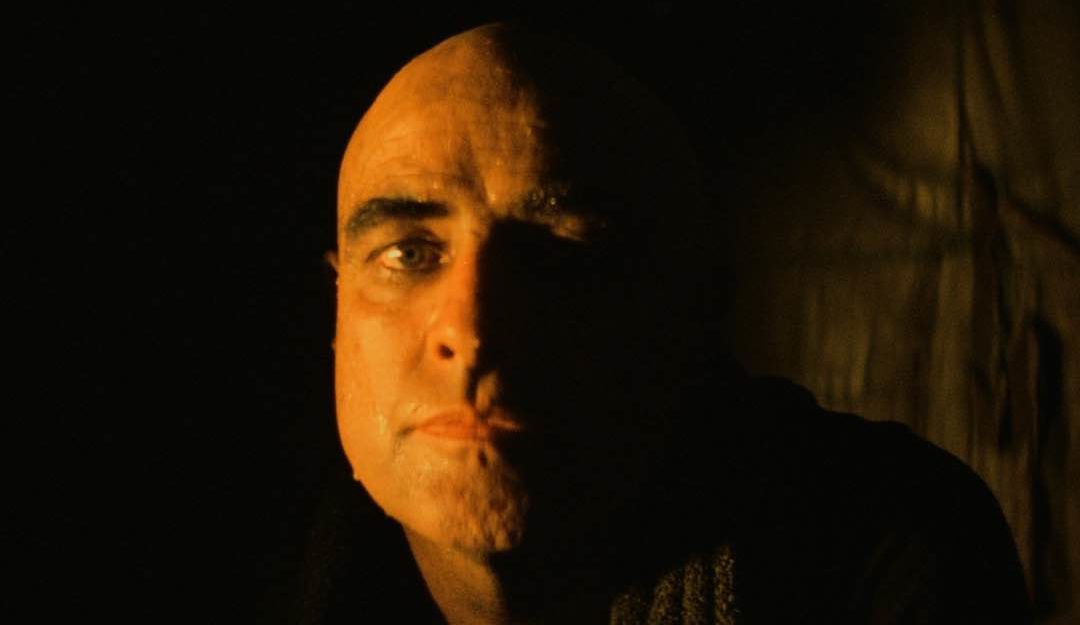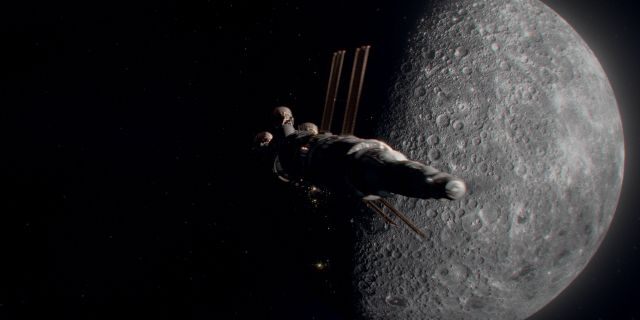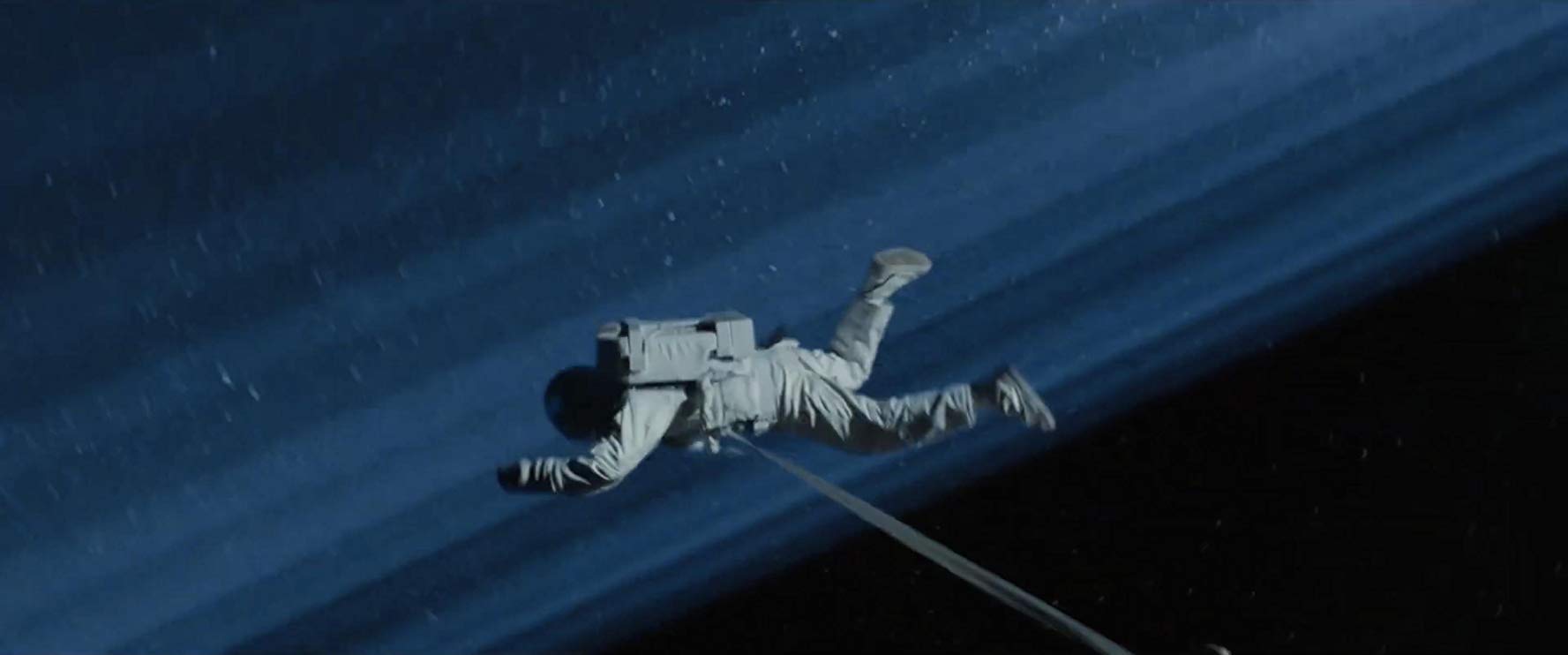A lot of Science Fiction is about future technology. Imagining structures, vehicles and devices beyond what we are capable of building today. Some novels are set in the far future with starships and colonies on other planets. Others may describe the world of tomorrow with AI networks controlling robots who have eliminated boring, repetitive manual labour so that people no longer have to (can?) work for a living.

If that’s the kind of SF that you enjoy, if you’re interested in reading about a really big, really futuristic, ultimate high tech piece of engineering then I think you’ll like “The Bowl of Heaven” by Gregory Benford and Larry Niven. The story begins with a human starship on route from Earth to another solar system. The ship is named ‘The Sunseeker’ and it’s a sleeper ship taking centuries to cross interstellar space while the vast majority of its passengers and crew are hibernating. Once at their new world the sleepers will be awakened and begin their task of terra-forming a new home for the human race. As I began to read ‘the Bowl of Heaven’ the setup kinda reminded me of the movie ‘Passengers’ that I reviewed in my post of 28December2016.
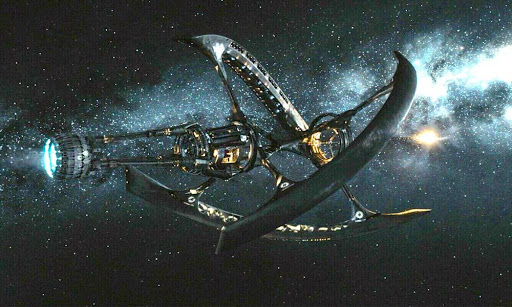
And like in ‘Passengers’ the Sunseeker has something happen to it in mid-voyage that’s changes everything. Suddenly, seemingly out of nowhere a star appears not very far away from the ship. Now stars don’t just pop into existence so the only two non-sleeping persons on board the Sunseeker, a couple of engineers whose training is in monitoring ship’s performance not astronomy, decide to wake a scientist in order to make some observations of this strange phenomenon. Those observations result in more people being woken up and before long a couple of dozen people, including the ship’s captain, are awake trying to figure out what they should do.
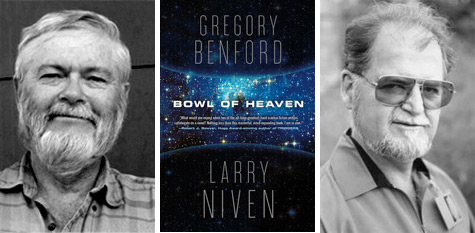
What they found was that the star had been hiding inside an incomplete Dyson sphere. What’s a Dyson sphere? Well the noted physicist Freeman Dyson once suggested that the ultimate energy source would be to completely enclose a star inside a sphere. Solar collectors would then gather the entire energy output of that star. Obviously only a highly intelligent, very technologically sophisticated race could even begin to build such a thing.

Now in ‘The Bowl of Heaven’ the star isn’t inside a complete Dyson Sphere, it’s more like a bowl covering most of the star, hence the novel’s title. It’s when the Sunseeker moves to a certain angle that the star inside becomes visible through the top of the bowl. This accounts for the star seeming to appear from nowhere.
And if encapsulating an entire star doesn’t impress you how about this, mounted around the rim of the bowl are enormous magnetic field projectors that focus the star’s solar wind into a propulsive jet. This jet is propelling the star and it’s bowl across the galaxy. Not a starship but rather a shipstar, a star turned into a ship!
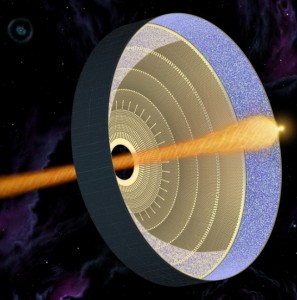
This concept is in fact an expansion of the main idea in author Larry Niven’s earlier novel ‘Ringworld’ where a ring is constructed completely around a star, again capturing an enormous amount of energy. In ‘Ringworld’ the ring rotates around the star not only producing centripetal force to act as gravity for the inhabitants but also reducing the structural stress on the ring. The basic idea of ‘The Bowl of Heaven’ is an extension of ‘Ringworld’ turning an entire solar system into a vehicle for exploring the galaxy.

Attempting to make contact with the intelligences controlling the shipstar the crew of Sunseeker go inside the bowl and send a landing party to the surface. Well it turns out that the aliens are rather haughty and treat other species as nothing more than intelligent animals, quite a few of whom they’ve genetically modified to serve them on the shipstar. The human landing party escapes however and what follows is a series of adventures on the surface of the bowl.

And that’s my problem with ‘The Bowl of Heaven’ because while those adventures are interesting they are really beside the plot and they certainly go on for too long! After several hundred pages of the landing party roving around the bowl meeting different kinds of aliens and learning how to survive in such a strange environment you want to say. “Get on with it!”

But authors Niven and Benford don’t, because you see ‘The Bowl of Heaven’ is just the first installment of yet another series of novels. The story of the crew of Sunseeker in fact continues in the novel ‘Shipstar’. The problem with ‘The Bowl of Heaven’ is the problem with these series in general, too much filler so that the author or authors can turn one good idea into several books!
I have to admit that I’m getting a bit tied of all these trilogies or longer. I’d love to read another novel like ‘The Martian’ where the story actually ends when the book does.
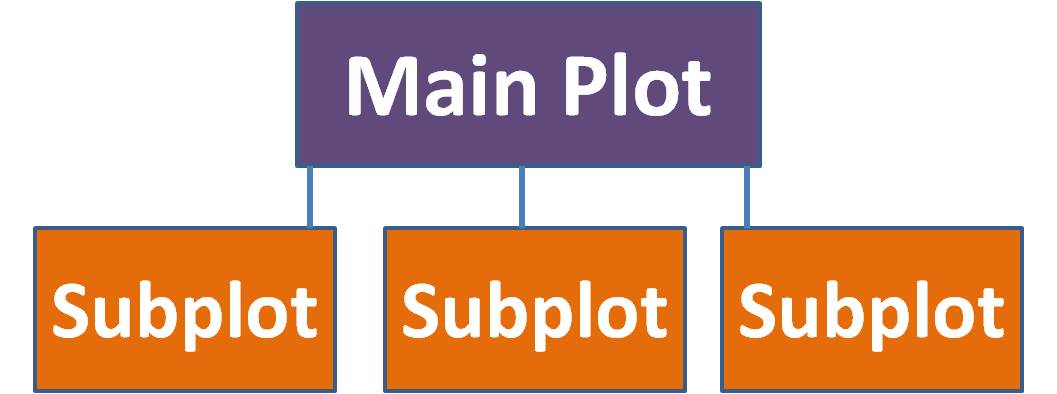
Still, ‘The Bowl of Heaven’ was fun to read, and you can bet that I’ll be reading, and reviewing ‘Shipstar’ before very long. I do recommend it, but be aware that you’re going to have to read at least one more book in order to find out what happens in the end.


